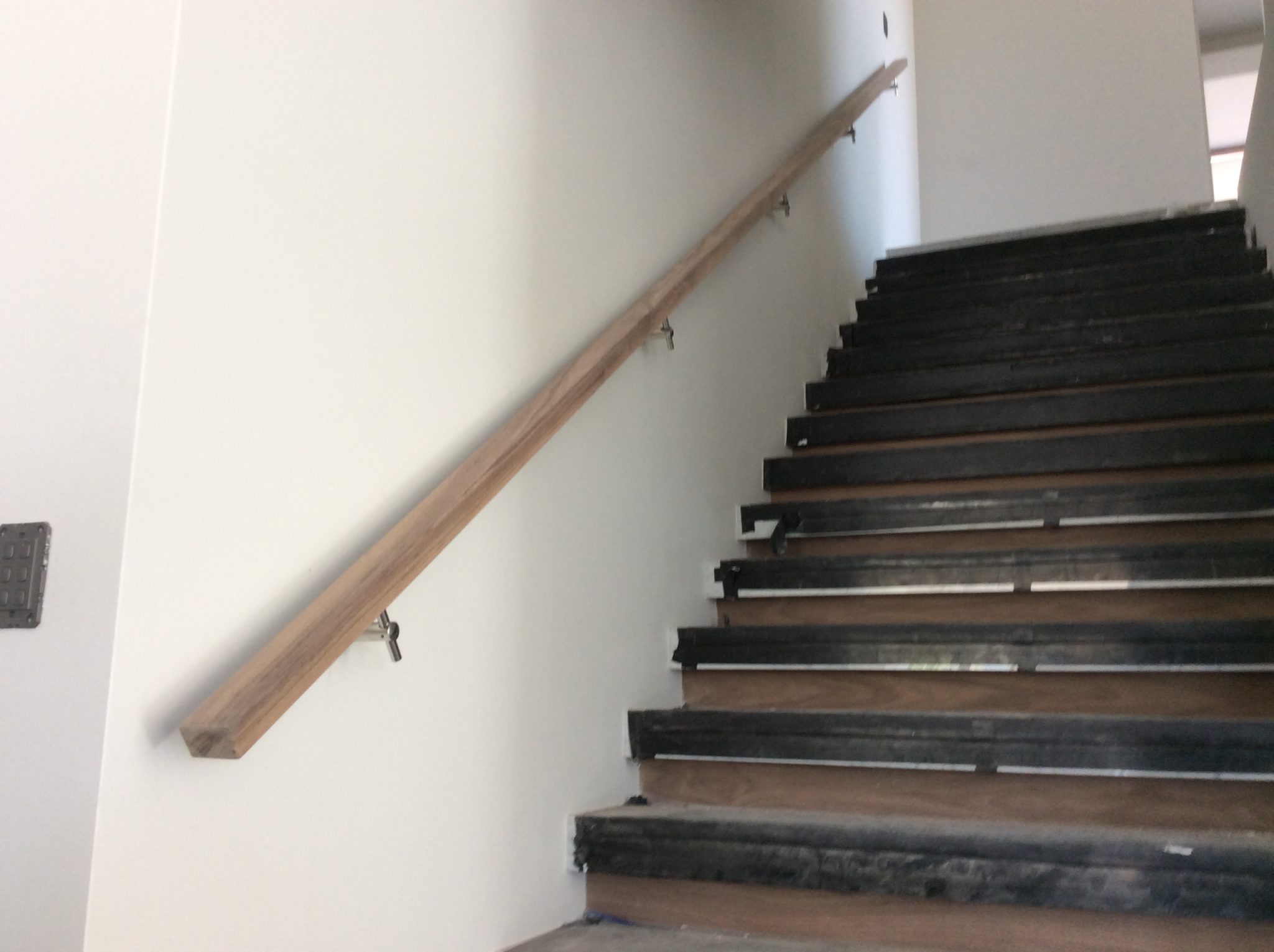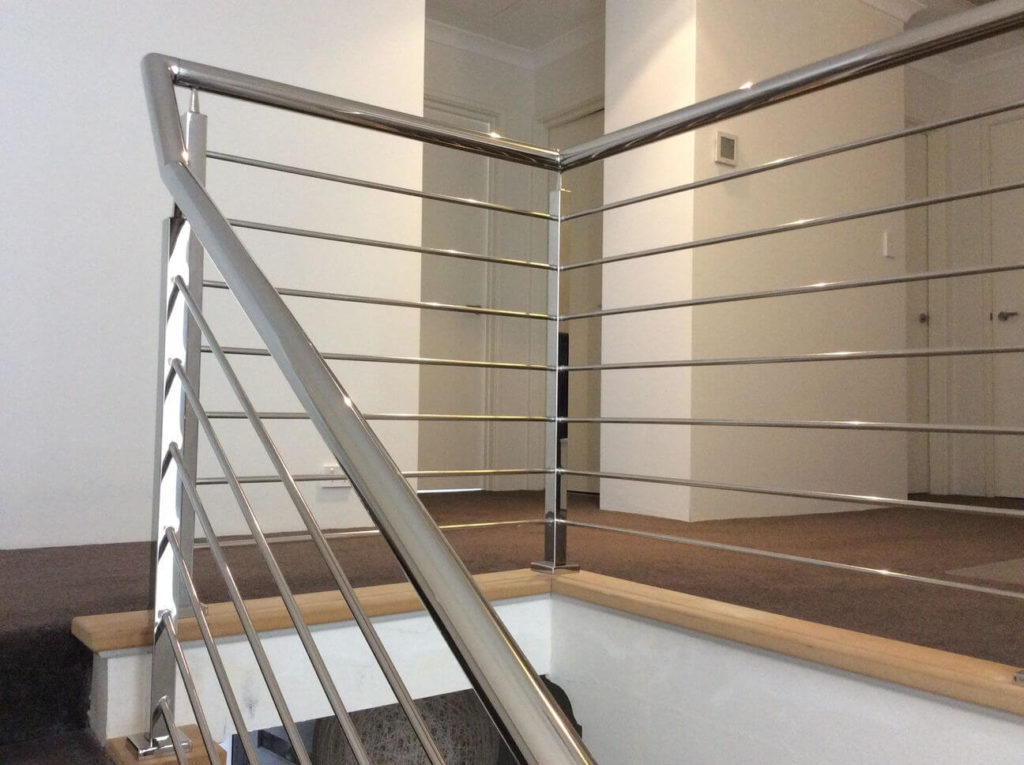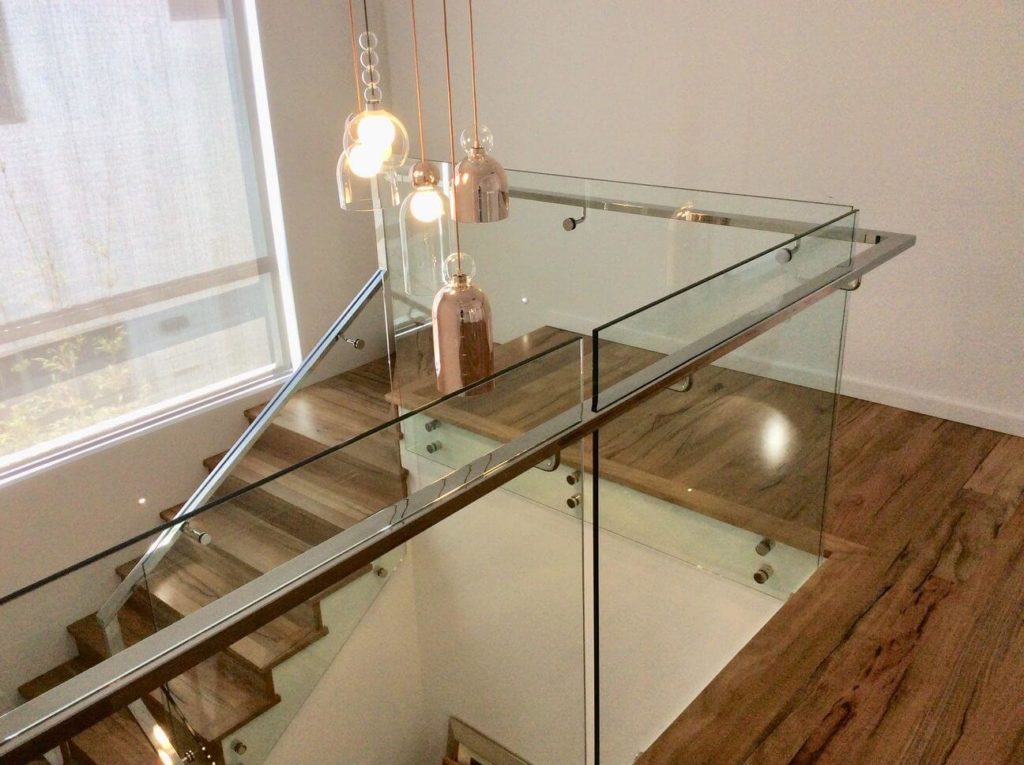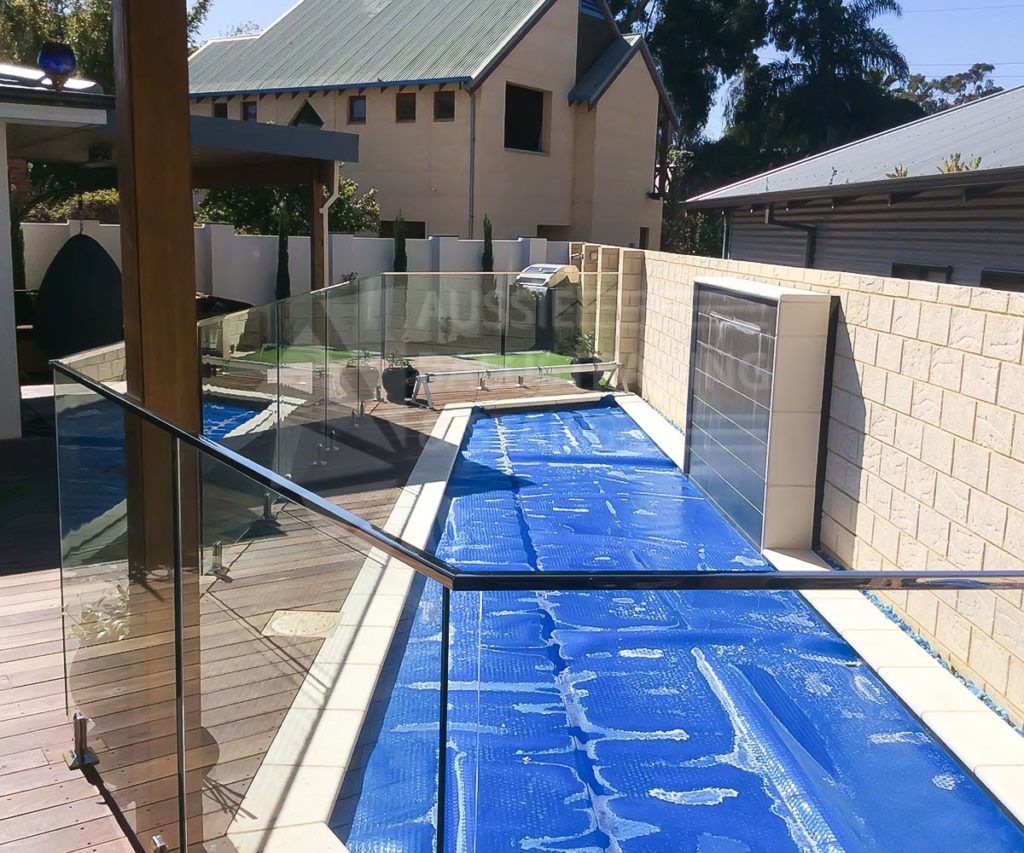If you want your guests and tenants to move around your living or commercial space easily, the obvious solution is to have a staircase. You also must have handrails or balustrading. However, you may not be convinced that both are necessary, so it’s important to revisit the history of stairs and how railing was introduced. This way, you can better appreciate them.
This article will focus on three historic milestones about stairways while discussing how railing became the industry standard for most staircase manufacturers. Take this as an opportunity to learn more about the fundamentals of making your property more accessible for all. This way, you can become more intentional and inclusive with either guests and patrons.
1. The mythical symbolism behind stairs
Around 6000 BC, you can see ancient designs for stairs to serve as an escape route to more secure, elevated rooms. But the most popular depiction of it was around 55 BC where Confucius utilised stairs or ladders as his pathway to divine ascension. He said this was a connection to sky and land. Due to this story’s mythical nature, many communities questioned the feasibility of stairs with no railing, pointing out that it seems unsafe.
The implication of staircases with no railways means that most structures would have grand steps to accommodate more people. For instance, you may see Greek ruins with small steps without any handrails that are often just a few metres elevated from the ground. The Egyptians were bolder with their iconic pyramids, but it was also a steep climb and not ideal for different individuals. Thankfully, there were developments done further down the line.
2. Functionality during the 20th century
In the early Georgian era, architects were developing buildings for nobility with extravagant staircases, primarily among kings and queens. But as architectural developments came into the forefront, like houses and smaller commercial spaces, stairs were becoming narrower and harder to traverse.
Fortunately, handrails became a norm among many properties, allowing more children, pregnant women, elderly, and disabled to safely use the stairs. They became so popular due to the commercialisation of general services, like shopping centres and government establishments. As a result, one of the general standards for functionality is pairing the perfect railing with stairs.
3. Safety and aesthetics for modern staircases
During the late 20th century, many business owners and households had the choice to pick more durable and stylish building material for their structures. For instance, some requested for full glass balustrading accompanied with stainless steel staircases.
For wheelchair users, they could opt for a ramp integrated into the stairs for better accessibility. Contemporary design trends became popular as more custom staircase manufacturers continue to provide the best options from safety and aesthetic standpoint.
Conclusion
Handrails are integral to every modern-day staircase, even if that wasn’t true when the concept of stairs was first introduced. But as you can see from the previously mentioned milestones, they gradually became necessary to include them. Now that you have a better appreciation for railings, you can make well-informed decisions for your space, emphasising ergonomics and aesthetic value.
Aussie Balustrading is your dedicated team of custom staircase manufacturers in Western Australia and Perth. We provide you with a full range of handrails and steel stairs to keep your stairs functional and seamlessly integrated into your space’s style. We specialise in both residential and commercial properties for your convenience. Consult with us to greatly improve your property’s accessibility and safety!




